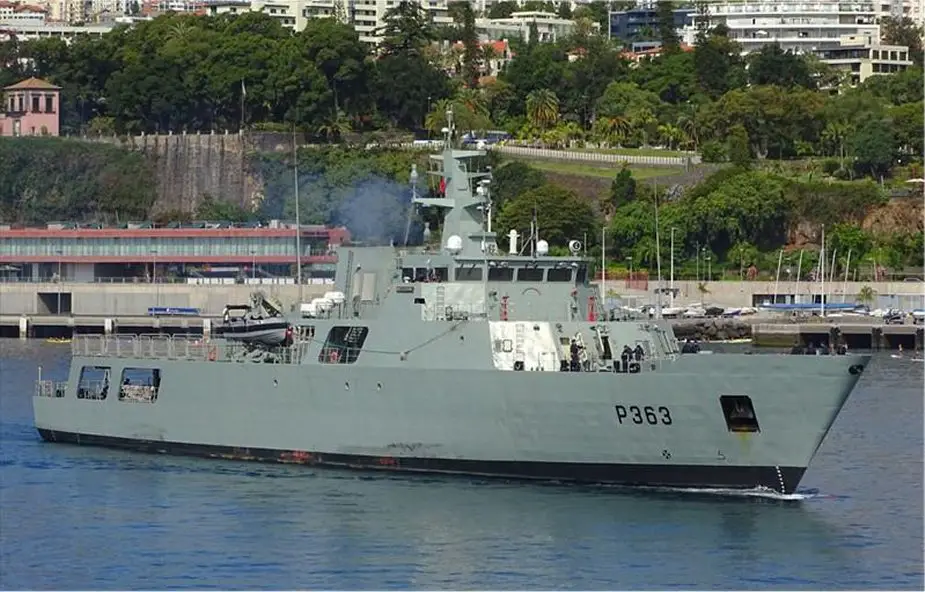Breaking news
Naval Group successfully tests its drone management solution.
According to a press release published by Naval Group on October 26, 2021, the firm successfully conducted operational demonstrations of its drones’ mission management solution integrated with the combat management system. The demonstrations took place at the Troia naval base in Portugal as part of the European collaborative project COMPASS 2020 (Coordination of Maritime Assets for Persistent And Systematic Surveillance) which aims at strengthening the European Union's maritime surveillance capabilities.
Follow Navy Recognition on Google News at this link
 Viana do Castelo-class patrol vessel Setubal(Picture source: Rodrigo Freitas)
Viana do Castelo-class patrol vessel Setubal(Picture source: Rodrigo Freitas)
The COMPASS2020 project aims to enhance the security of the European Union's external borders and maritime surveillance capabilities by improving the situational awareness of coastguards and maritime authorities beyond coastal waters through optimal and continuous aerial and underwater coverage in reduced time and under various weather conditions.
In partnership with AMN (Autoridade Maritima Nacional de Portugal) - coordinator of the project - Tekever, ECA Group, Edisoft and TNO among others, Naval Group carried out a large-scale at sea demonstration using an underwater drone (UUV) and two aerial drones (UAV).
The three drones were deployed from a Portuguese Navy Offshore Patrol Vessel, the NRP Setubal, off the coast of Troia, in Portugal, and from a land base. The scenarios involved assisting a migrant boat and foiling drug trafficking.
The Viana do Castelo class is a class of offshore patrol vessels planned by and for the Portuguese Navy, as a result of the NPO2000 Project (Portuguese, Navios de Patrulha Oceânica, for Oceanic Patrol Vessels), that are being constructed in the Estaleiros Navais de Viana do Castelo (ENVC).
The Viana do Castelo-class patrol vessel for the Portuguese Navy will have a length of 83 m, a beam of 12.95 m, and a draft of 3,8 m. She will reach a maximum top speed of 21 knots (39 km/h).
The OPV is powered by two Wärtsilä diesel engines rated at 3,900kW/5,200HP and two electric engines.
Armament consists of a 30 mm Oto Melara Marlin, it replaces one 40 mm L/60 turreted gun in the NRP Viana do Castelo, and two manned mounts to be armed with 7.62 mm light machine guns or two 12.7mm M2 Browning as well as two launching systems for MK55 Mod 2 mines.



























